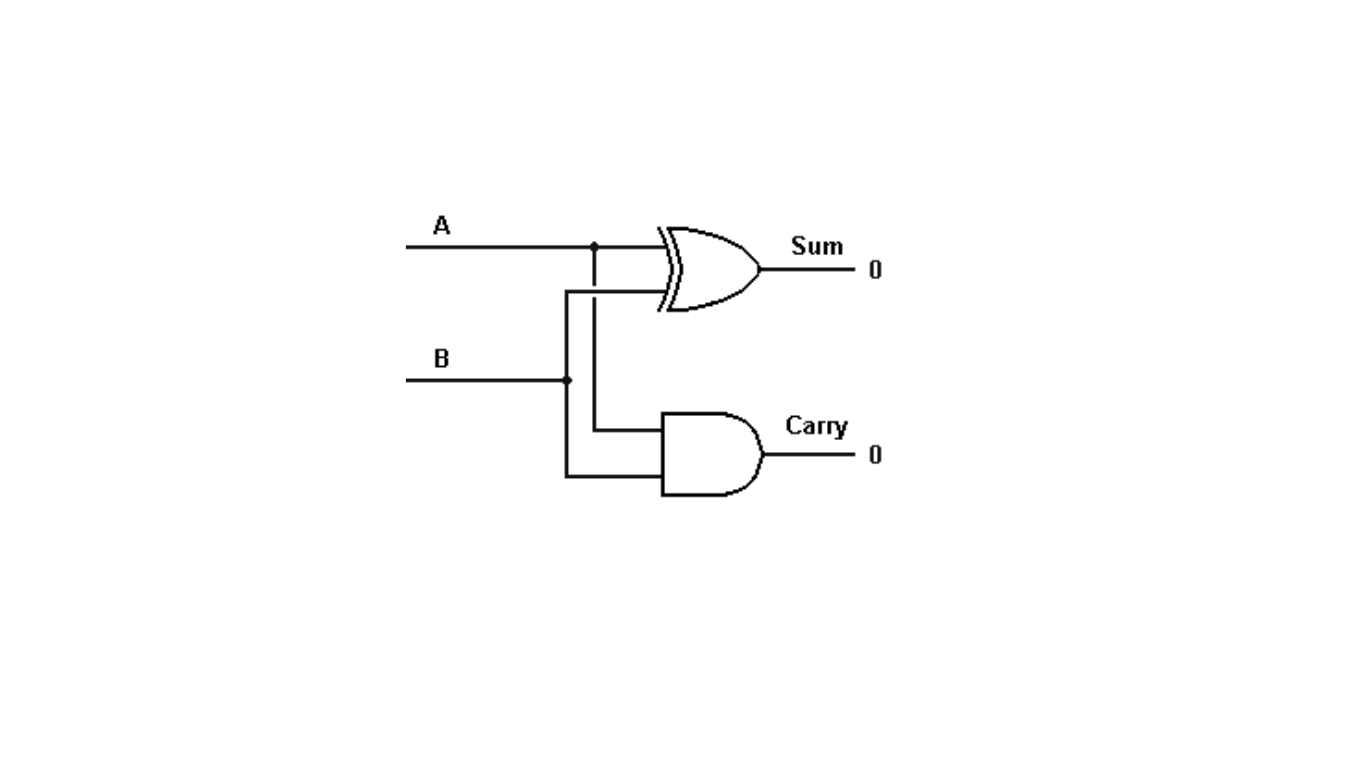
What is a Carry Generation?
Carry generation, in the context of digital circuit design, is a process that decides whether a carry-out bit (a signal indicating a carry-over from one stage to another) should be generated at a specific stage in an arithmetic operation, like addition. It’s a fundamental concept in the design of digital adders, which are circuits used to add binary numbers.
In a digital adder, the carry-out bit for a particular stage is determined by two factors:
Carry Generation Function
This is the first part of the process. It involves considering the bits being added at that stage (usually referred to as ‘a’ and ‘b’ bits) and deciding if these bits alone generate a carry-out. If these bits combine in a way that requires a carry to be generated, the carry generation function sets the carry-out bit to 1; otherwise, it remains 0.
Carry Propagation Function
This is the second part of the process. It considers whether any carry-in bit from a previous stage (usually denoted as ‘ci-1’) can propagate through the current stage to the next one. If this is the case, the carry propagation function sets the carry-out bit to 1; otherwise, it remains 0.
The key idea is that, with these two functions, you can calculate the carry-out bits for each stage of an addition operation independently of the previous stages. This means you don’t have to wait for the carry to propagate through each stage sequentially, significantly speeding up the addition process.
In summary, carry generation is the part of the addition process that determines if a carry-out bit should be produced at a particular stage based on the bits being added and whether a carry from a previous stage can propagate through. This concept is crucial in optimizing the speed and efficiency of digital adder circuits.